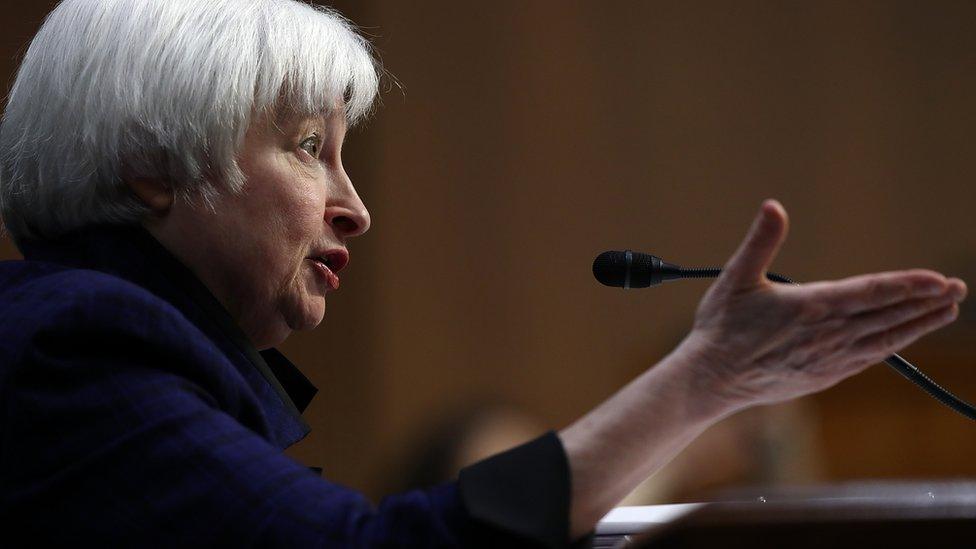Be prepared: Asia braces for impact of more US rate rises
- Published
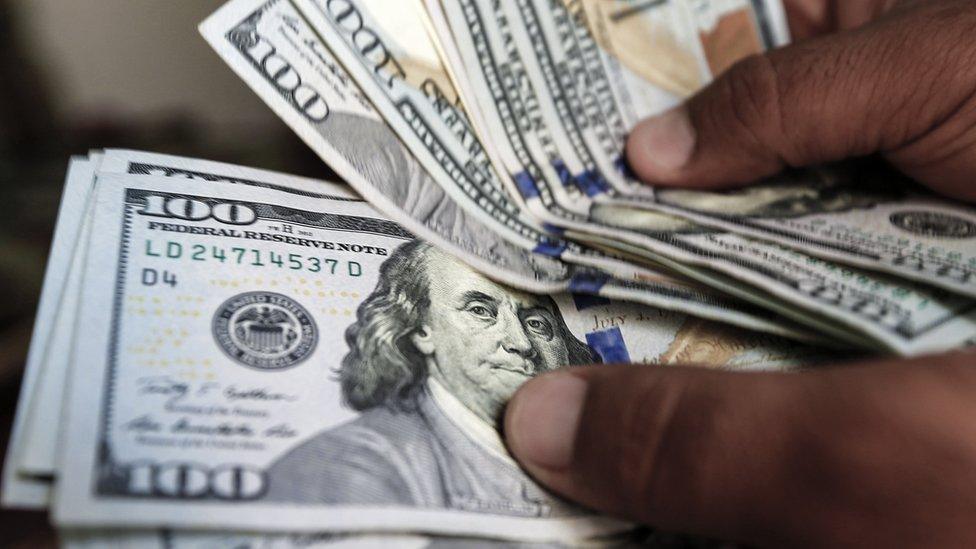
"Be Prepared". It's the motto of every good Girl Guide. And it should have been the mantra of every major Asian central bank too, over the last few months.
In the words of my Guide leader (admittedly a few years ago), being prepared means being ready to cope with anything that might come your way.
And the US decision to raise interest rates for just the third time in a decade hardly came as a surprise.
The Federal Reserve has been signalling for a while that it will go into what's called a "tightening cycle" and start returning rates to neutral.
That's a jargon-ish way of saying interest rates in the US are going to gradually but consistently go up, so that they reach levels considered "normal".
Good for Asia?
First the good news. The fact that the US Fed isn't raising rates faster than expected should come as a relief for many Asian economies.
And in theory, higher US interest rates could be a positive sign for export-driven economies in Asia.
Rates are going up because the economy is doing better, and a better performing US economy means that companies in Asia should be able to sell more to the US, because people there are feeling more confident.
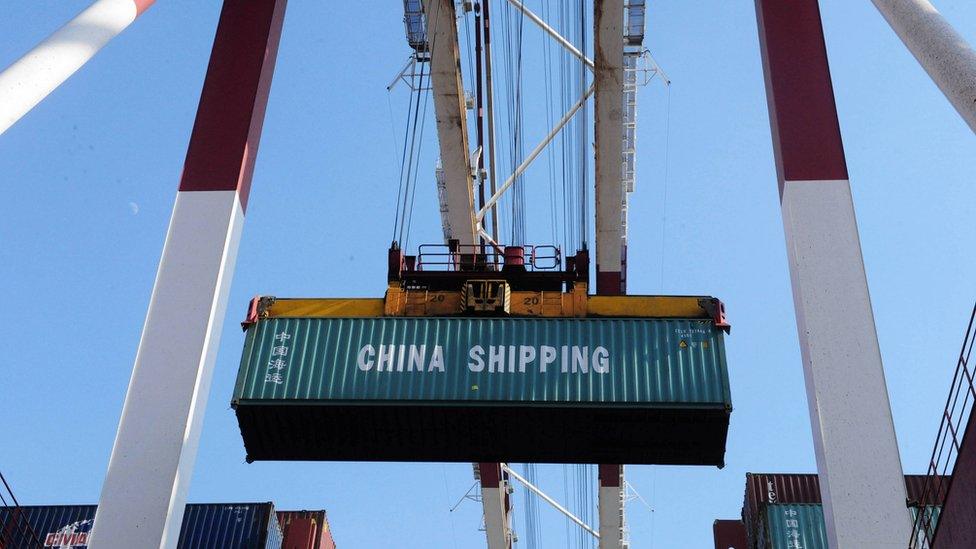
Weaker Asian currencies will make their exports more competitive, unless other factors such as extra import taxes offset that advantage.
Also, as the US dollar strengthens, Asian exports become cheaper - again lifting potential growth rates for export-driven economies like China, South Korea, Taiwan and Japan.
But those textbook economic theories don't take into account a more protectionist trade environment in the US, under President Trump.
Asia may get the short end of the stick if President Trump does as he's promised and incentivises consumers to "buy American".
Don't talk about debt, baby
Then there's the debt which many Asian companies hold that needs to be paid back in US dollars.
Here's a quick history lesson:
When US interest rates were low or near zero and Western economies created the quantitative easing programmes, cheap money flowed into Asia, boosting property and stock prices.
It also made borrowing in US dollars cheaper, which is why so many Asian corporates took on high levels of debt to fund their rapid expansion.
So those stellar growth rates we in Asia have enjoyed over the last decade? A lot of that has been thanks to the borrowing of cheap money, which some Asian companies are now going to struggle to pay back.
The China problem
Higher US rates are likely to be most problematic for China, which is facing challenges of slower growth, a weakening currency and massive debt.
According to the Bank of International Settlements, external China's government, corporate and household sectors have about $26tn (£21tn) in debt as of 2015, making up more than 255% of GDP.
Think about that for a second. That's a huge amount, and paying that back is only going to get tougher as rates rise.
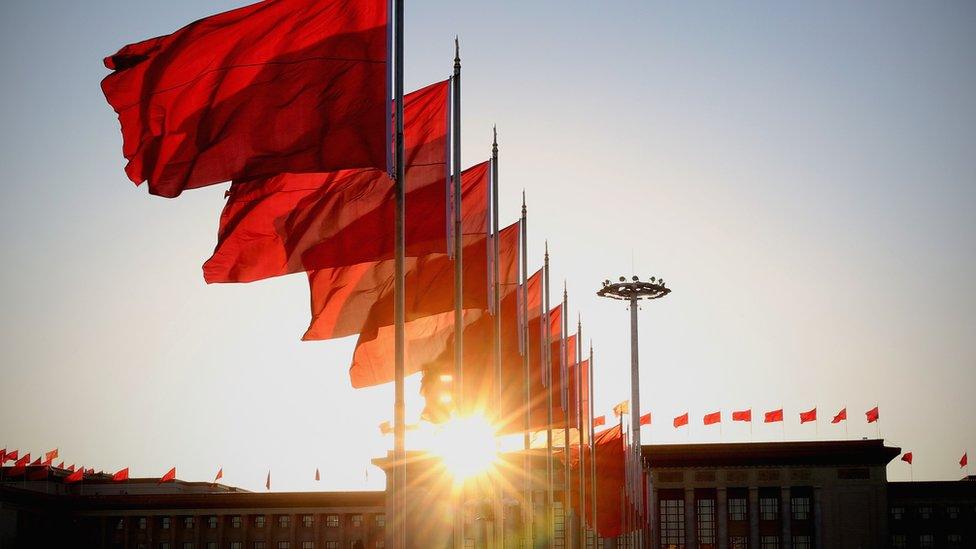
China's government, corporate and household sectors have huge amounts of debt
Of course, there's the theory that China can control this debt, because the government calls the shots and can steer the economy.
But China is also trying to transition into a market-driven economy: one driven more by consumer spending than by pumping out cheap exports.
And the more a part of the global economy it becomes, the more affected it becomes by what's going on elsewhere, meaning it is becoming increasingly vulnerable.
The bottom line
Rates in the US are going up, and they will keep going up.
Asia has to cope with the end of the era of cheap money which boosted stocks and asset prices in many economies in the region.
The immediate fallout will be weaker Asian currencies which could make exports cheaper, but a Trump trade backlash could stop the benefits of that from reaching Asian companies.
Combine that with a higher interest rates on US dollar-denominated debt, and it doesn't make for a pretty picture.
- Published15 March 2017
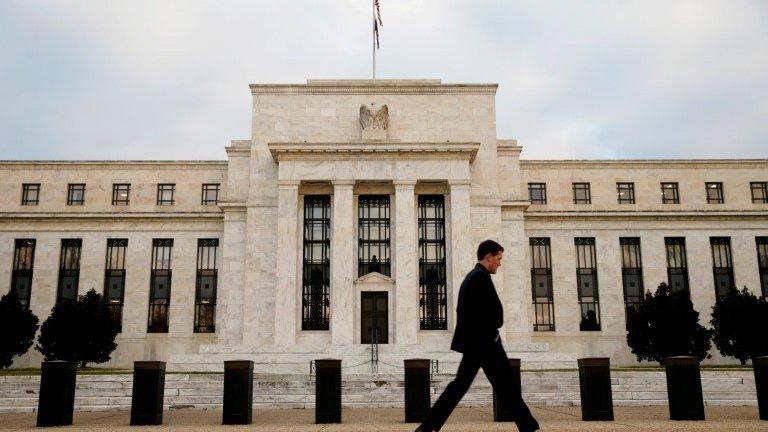
- Published15 March 2017
